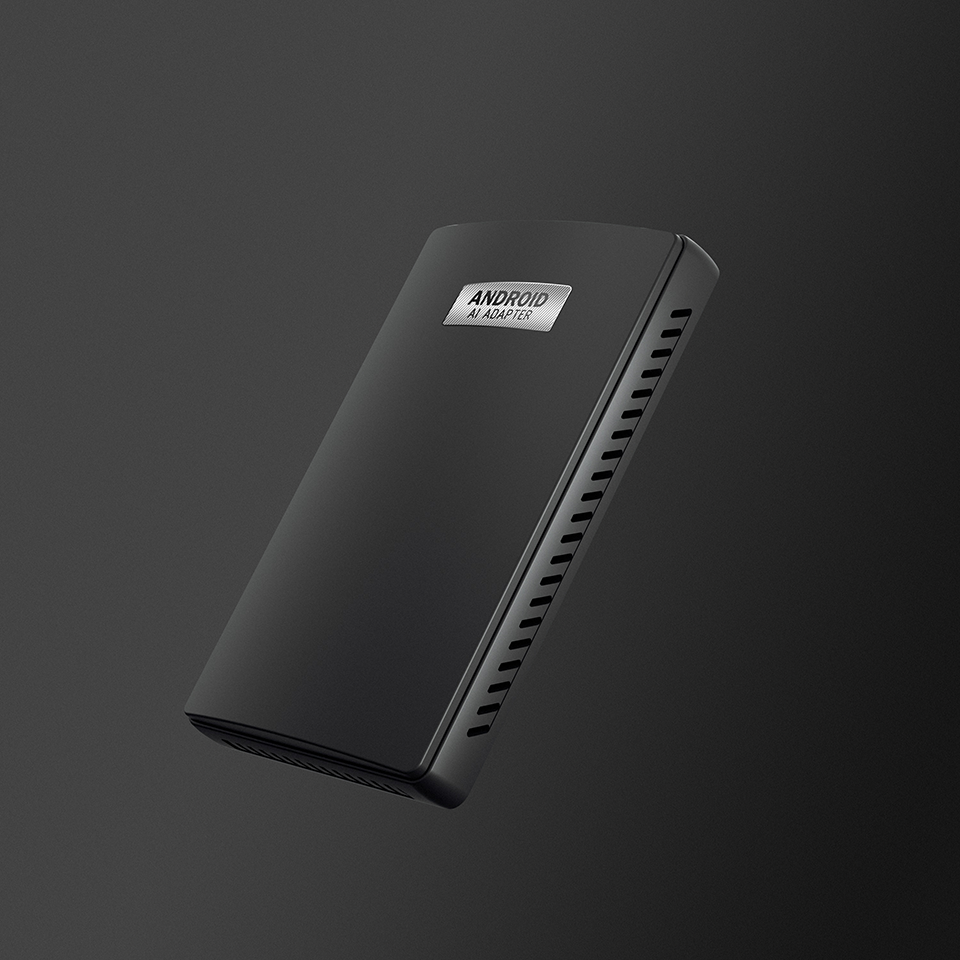This is a multi-modal sensing system that uses infrared devices to solve the problem of low recognition rate of autopilot at night.
In recent media reports, the U.S. Patent and Trademark Office has announced a patent application for Apple's autopilot, a multimodal sensing system that can be used to detect and identify objects while autonomous vehicles travel at night.
In the patent, Apple describes that compared with other autonomous vehicle computing vision systems, the system can be operated in two parts, part of the operation can increase the effective detection range. The detection and classification of objects in or near a vehicle's path.
In the other part, the objects can be classified more accurately in low illumination environment, so as to improve the safety of automatic driving vehicle control system and increase the maximum safety speed of vehicles in low illumination environment.

Multi-modal sensor system developed for night autopilot
It is known that perception, decision-making and control are the three links of autopilot. The perceptual link is used to collect the basic information of the surrounding environment, and it is also the foundation of autopilot. Self-driving cars sense the environment through sensors, which act like the eyes of a car.
Although the development of sensors such as camera, lidar, ultrasonic radar, millimeter radar and so on is advanced at present, it will still challenge the control system of self-driving vehicle at night or in low illumination.
For example, relevant laws and regulations restrict the lighting level of car headlights at night, which to some extent also shows the effective detection range of visible light sensors such as cameras. This kind of sensor is usually used to detect objects in or near the vehicle path.

In other words, for self-driving vehicles, the effective detection range may affect the detection and classification of objects, which will also reduce the safety of the vehicle and the safe driving speed.
In addition, some automation systems need to collect and process a large number of sensor data in order to identify objects in the surrounding environment. However, in order to facilitate navigation and robust control of automated systems, these systems often have delays in processing sensor data.
The problems are now common in the field of self-driving, and Apple's new patent is hoping to fix them.
Apple's new patent, in short, is a combination of complementary image sensing technologies to solve the problem of automatic driving systems detecting and classifying objects at night or in low-light environments.
Specifically, near-infrared lights can be installed on cars, as well as near-infrared sensors with near-infrared lights. On the one hand, laws and regulations may require relatively loose, or even unlimited, lighting levels for such lamps. On the other hand, near-infrared sensors can capture high-resolution image information of objects in or near the vehicle path and longer distances from the vehicle, such as 200 meters.
Although the detection range of visible light sensor is relatively limited, it can provide high resolution image data of a variety of color objects. In addition, visible light sensors can also provide a wider field of view to detect the road ahead of the vehicle.
In this way, the system can detect and classify objects earlier while the vehicle is moving, thus improving the safety and speed of the vehicle.

Apple's other patents for Unmanned vehicle Safety
Although the current Apple autopilot is still running with the state, but can not resist its mind is large enough, has applied for various types of patents.
Among them, in terms of self-driving safety, in addition to the above-mentioned patent, Apple last year also applied for a self-driving vehicle to provide other drivers with more information about the change of course, in advance of warning the direction of driving. Patents that would reduce the likelihood of accidents in human-driven and self-driving vehicles.
It is reported that the patent can provide additional data for other drivers, can also pre-calculate the route, show instructions for the next action, alert other drivers in advance.
Its notification system does not necessarily limit reminders to notification areas, other road users need to be aware of the movement of autonomous vehicles, for example, when changing tracks, the projection system can illuminate the area of the road where the vehicle intends to move. The parking projection will illuminate the road where the vehicle is about to stop, preventing pedestrians from entering the road.
The patent is just one of a series of patents filed with the Patent and Trademark Office last year for self-driving vehicle systems. Apple filed a patent application showing how vehicles can change their driving style based on observed passenger pressure, in addition to filing patents for in-car gesture control. As well as out-of-car police and other traffic controllers gesture control and so on.


.png)
_副本.png)
